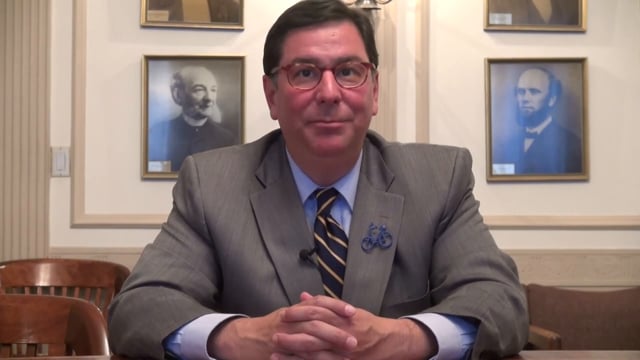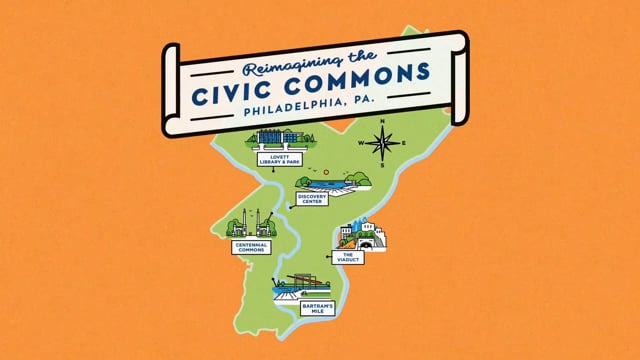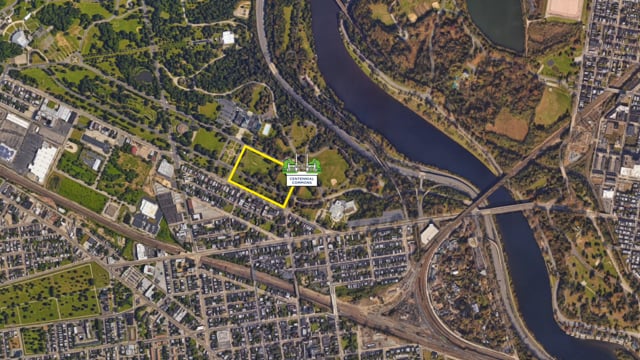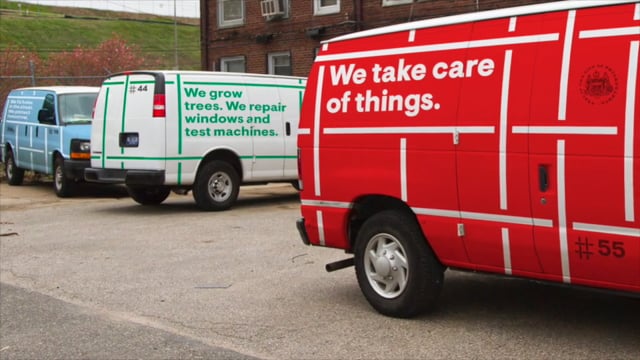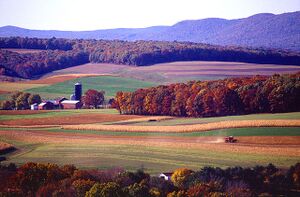
 Once Known for Its Pollution, Pittsburgh Becomes a Poster Child for Climate Consciousness, insideclimatenews.org (Jan 08, 2024)
Once Known for Its Pollution, Pittsburgh Becomes a Poster Child for Climate Consciousness, insideclimatenews.org (Jan 08, 2024)  Free Therapy Putting Philadelphia’s Black Men on a Path to Healing, reasonstobecheerful.world (Aug 30, 2023)
Free Therapy Putting Philadelphia’s Black Men on a Path to Healing, reasonstobecheerful.world (Aug 30, 2023)
Networks and sustainability initiatives[edit | edit source]
- Imagine Millvale
- Penn Future, Citizens for Pennsylvania's Future. Penn Future is a statewide public interest membership organization founded in 1998 with offices in Harrisburg, Pittsburgh, Philadelphia and Wilkes-Barre. The organization's activities include litigating cases before regulatory bodies and in local, state, and federal courts; advocating and advancing legislative action on a state and federal level; public education; and assisting citizens in public advocacy.[1]
- Pennsylvania Environmental Council
- Sustainable Pittsburgh
- Transition Town Media
Community involvement[edit | edit source]
SeeClickFix, community issues in Philadelphia
Imagine Philadelphia: Laying the Foundation (Philadelphia, Pennsylvania) on Participedia
Community resources[edit | edit source]
Free Library of Philadelphia[edit | edit source]
The Free Library of Philadelphia has more than books for loan. From a health lending library with food scales and blood pressure cuffs to kitchen cupboards stocked with cataloged cake pans and a musical instrument collection with banjos, steel drums, and keyboards, you can find almost anything you need to borrow among its 54 branches. Philly even has a "Tiebrary" as part of one branch's Job Readiness Lab.[2]
Other community resources[edit | edit source]
Food activism[edit | edit source]
Fair-Amount Food Forest, initiative to create a community food forest
Community energy[edit | edit source]
Sharing[edit | edit source]
Sharing City Philadelphia[edit | edit source]
At over 11,000 residents per square mile, Philadelphia is among the most densely populated cities in the country. And those miles offer a rich history of community, shared spaces, and pooled resources. From thriving open markets to urban gardens and a wealth of public art, the metropolis has vast resources to help residents make do without the need for car ownership, large homes, or mass personal consumption.[3]
Sustainable transport activism[edit | edit source]
Cycling activism[edit | edit source]
[edit | edit source]
Philadelphia's Indego bike-share system offers affordable and convenient access to two-wheeled transportation. With 120 bike stations throughout the city comprising more than 1,200 bikes, the company has announced plans to double capacity to more than 250 stations in the next few years and expand to serve an additional 15 square miles of the city. The mayor recently announced plans to build 20 miles of separated bike lanes in the next two years, making biking safer throughout the city.[4]
Biodiversity[edit | edit source]
Pennsylvania Department of Conservation and Natural Resources - Pennsylvania Natural Heritage Program
Open spaces[edit | edit source]
Arts, sport and culture[edit | edit source]
City of Asylum, nonprofit in Pittsburgh
Towards sustainable economies[edit | edit source]
Lehigh Valley
The Mutual Aid Network of the Lehigh Valley addresses the social determinants of health of communities' most vulnerable members, including formerly incarcerated people, juveniles aging out of the foster care system, homeless populations, individuals recovering from addiction, and newly settled refugees. This project address tackles these issues by tackling social isolation, one of the key factors that contributes to poor life and health outcomes.[5]
Resources[edit | edit source]
Citizens data initiative[edit | edit source]
Energy Data & Statistics for Pennsylvania
Maps[edit | edit source]
Grounded in Philly, "facilitates the transitioning of vacant land into community-controlled green spaces, gardens and gathering places."
Lots to Love, "a guide for community organizations and residents who are interested in transforming vacant lots into well-loved spaces." Strengthening and greening the Pittsburgh region.
Video[edit | edit source]
Other resources[edit | edit source]
- Transition Centre, Pennsylvania nonprofit corporation
Campaigns[edit | edit source]
Green Justice Philly, new coalition to protect Philadelphians' health and safety from the city's fossil fuel industry, and to create a sustainable 21st century economy that will support clean air and water and healthy communities.[6]
About Pennsylvania[edit | edit source]
Pennsylvania ( , lit. 'Penn's forest country'), officially the Commonwealth of Pennsylvania (Pennsylvania Dutch: Pennsylvanie), is a state spanning the Mid-Atlantic, Northeastern, Appalachian, and Great Lakes regions of the United States. Pennsylvania borders Delaware to its southeast, Maryland to its south, West Virginia to its southwest, Ohio and the Ohio River to its west, Lake Erie and New York to its north, the Delaware River and New Jersey to its east, and the Canadian province of Ontario to its northwest.
Pennsylvania was founded in 1681 through a royal land grant to William Penn, the son of the state's namesake. Prior to that, between 1638 and 1655, a southeast portion of the state was part of New Sweden, a Swedish Empire colony. Established as a haven for religious and political tolerance, the colonial-era Province of Pennsylvania was known for its relatively peaceful relations with native tribes, innovative government system, and religious pluralism. Pennsylvania played a vital and historic role in the American Revolution and the ultimately successful quest for independence from the British Empire, hosting the First and Second Continental Congress leading to the adoption of the Declaration of Independence. On December 12, 1787, Pennsylvania became the second state to ratify the U.S. Constitution. The bloodiest battle of the American Civil War, at Gettysburg over three days in July 1863, proved the war's turning point, leading to the Union's preservation. Throughout the late 19th and 20th centuries, the state's manufacturing-based economy contributed to the development of much of the nation's early infrastructure, including key bridges, skyscrapers, and military hardware used in U.S.-led victories in World War I, World War II, and the Cold War.
Near you[edit | edit source]
External links
- @PhiladelphiaGov (twitter)
References

